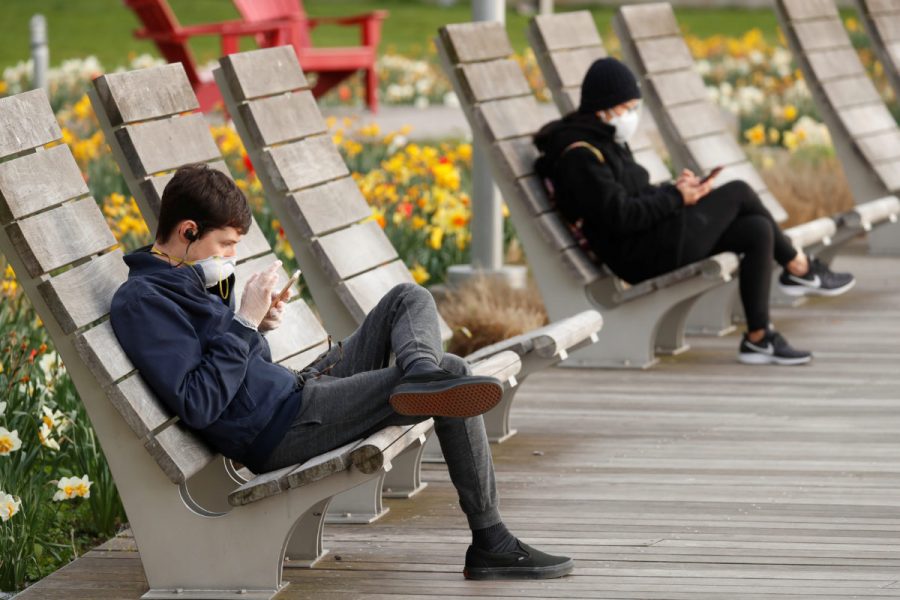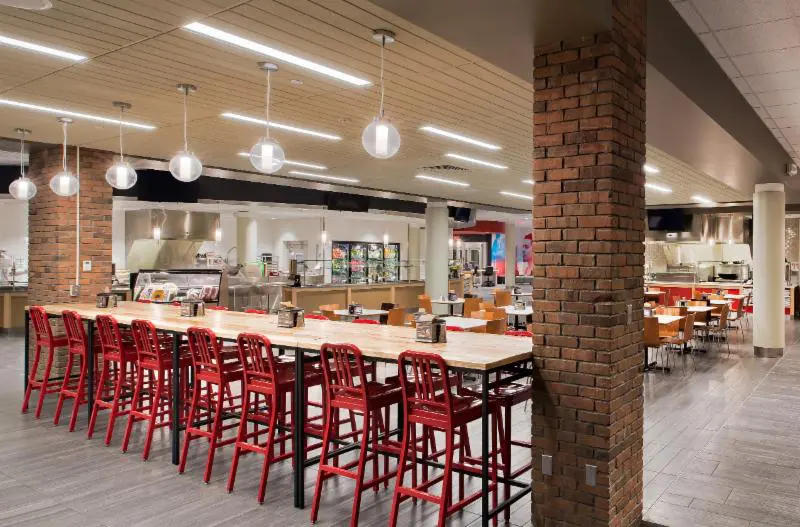Social Distancing in a Socially Distant World
September 16, 2020
Covid-19, a disease that overtook our world. A disease that can spread even without showing symptoms. Striking fear into the hearts of many people with pre-existing conditions or family members that are susceptible. Fear that pushed us into a new age of virtual learning and meetings. Social distancing was coined because of everyday people trying to stay in touch with friends and loved ones from afar. That phrase has been heard and repeated to exhaustion. This new idea that has taken over the way that we interact with others and changed our way of life. But the question begs to be asked, is it really anything new? How is social distancing any different from the path we were already following?
9000 BCE – Pictograms are the new technology instead of talking, a friend can draw a picture somewhere to communicate something.
3000 BCE – Writing systems have just been developed and can be used to communicate with a friend using a letter.
30 – Roman Emperor Tiberius has started communicating between islands through light signals bounced from metallic surfaces.
1843 – The first long distance electric telegraph line is built, and we could communicate quickly from all the way across the continental United States.
1876 – The landline phone is invented, now instead of deciphering a signal, talking with someone from far away is possible.
1920 – Radio is created, allowing broadcast signals to travel large distances without an established cable being needed.
1981 – The first mobile phone is invented; allowing someone to talk with anyone from anywhere instantly.
2003 – Skype is launched, now it’s possible to see, hear and have a full conversation from across the world.
The path we have followed is to become more and more remote, but all of these amazing advancements were for the use as tools to communicate, only when forced to be apart. They were not meant to replace in person communication, because quite frankly they could not compare. Yet, somehow these technologies became more and more prevalent. Even being used on a regular basis when not needed. So why would anyone choose to do something remotely that they could do in-person? The simple answer is because it’s easy.
That word “easy”, is why we make technological advancements. Why should I have to get up and push a button on the tv, when I could stay seated and use a remote? Why would I use stairs, when there is a perfectly good escalator right next to them? Why should I get up and get dressed, have to make breakfast and drive 10 minutes to go to a friend’s house, when I could just sit up, open my computer and instantly hang out with them? The remote approach has become more popular because it’s easy.
We have chosen to be socially distant as a generation. Yet, now that we are being told to social distance, it feels worse to be separated than it did before when we could make that choice. It’s similar to the stereotype of a teenager’s parents telling them to do something that they were going to do anyway, but just because they asked, now they don’t want to do it.
This period of social distancing despite being hard to adjust to is ultimately good for us, and not only in regard to health. Instead, it will help show how valuable that in-person connection really is, and help to remind everyone that those remote tools, are just that, tools.










